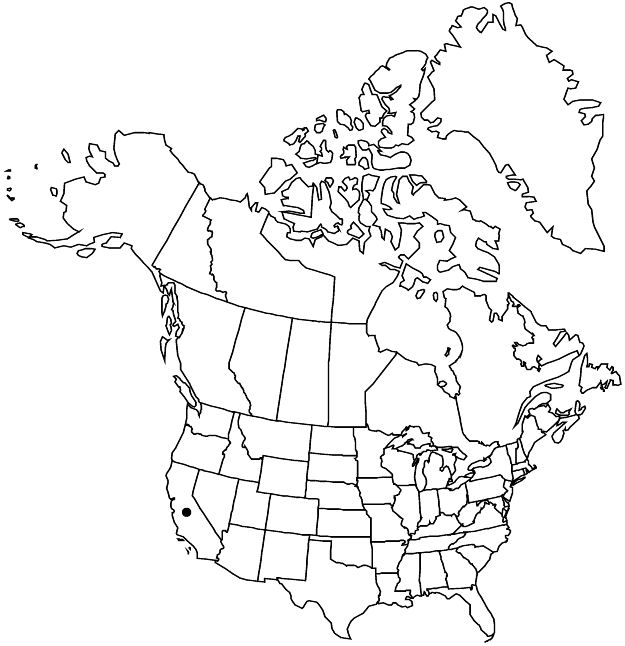Pyracantha crenulata
Fam. Nat. Syn. Monogr. 3: 220. 1847.
Plants 10–50 dm. Stems: thorns usually abundant; young twigs brown-hairy, glabrescent later. Leaves: stipules 2–4 mm; petiole 2–6 mm; blade elliptic, oblong, or oblanceolate, sometimes ovate-lanceolate, 1–7 × 0.4–1.8 cm, base rounded to cuneate, margins crenulate to sparsely serrulate, apex acute or short-apiculate, sometimes obtuse, surfaces glabrous or nearly so. Inflorescences 2–5 cm diam.; peduncles brown-hairy or glabrous. Pedicels 4–10 mm, glabrous. Flowers 6–10 mm diam.; hypanthium glabrous; sepals triangular, 1 mm, apex acute; petals orbiculate, 3–5 mm, apex rounded. Pomes orange-yellow, orange, or red, subglobose, 3–8 mm diam.; pedicels 5–12 mm.
Phenology: Flowering Mar–May; fruiting Aug–Oct.
Habitat: Canyons
Elevation: 0–1500 m
Distribution

Introduced; Calif., Asia, introduced also in Europe, e Asia (Japan), Africa (South Africa), Pacific Islands (New Zealand), Australia.
Discussion
Pyracantha crenulata is native to southwestern China, India, Kashmir, and Nepal. A dwarf variant has been called var. kansuensis and is reported as native to China (A. J. Rehder 1949; Gu C. Z. and S. A. Spongberg 2003b); it is distinguished by its short stature (rarely exceeding 2 m), abundantly thorny branches, small leaf blades (1–2.5 × 0.4–0.8 cm), and small (3–5 mm diam.) red pomes. Its presence among the naturalized records of P. crenulata in California is suggested, but its morphology is not clearly distinctive. G. L. Nesom (2010) suggested P. fortuneana was not distinct from P. crenulata.
Selected References
None.